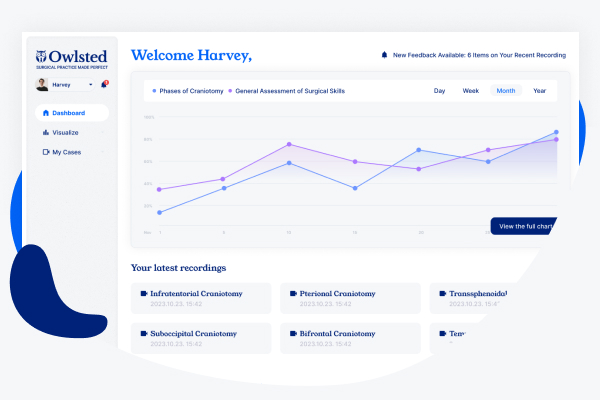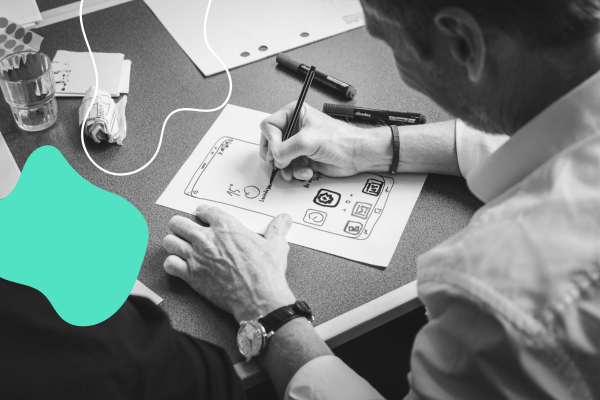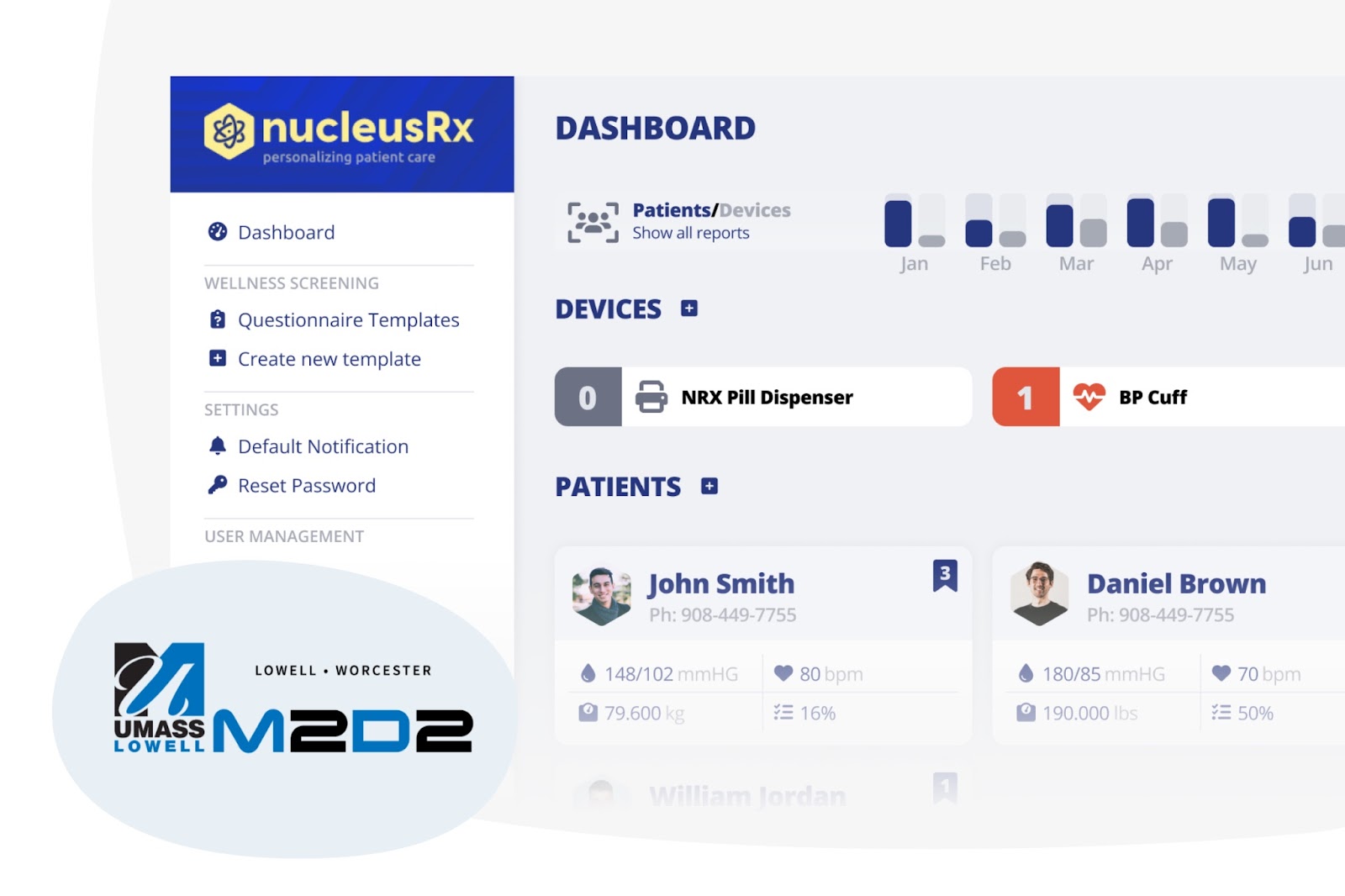New year, new tech trends?
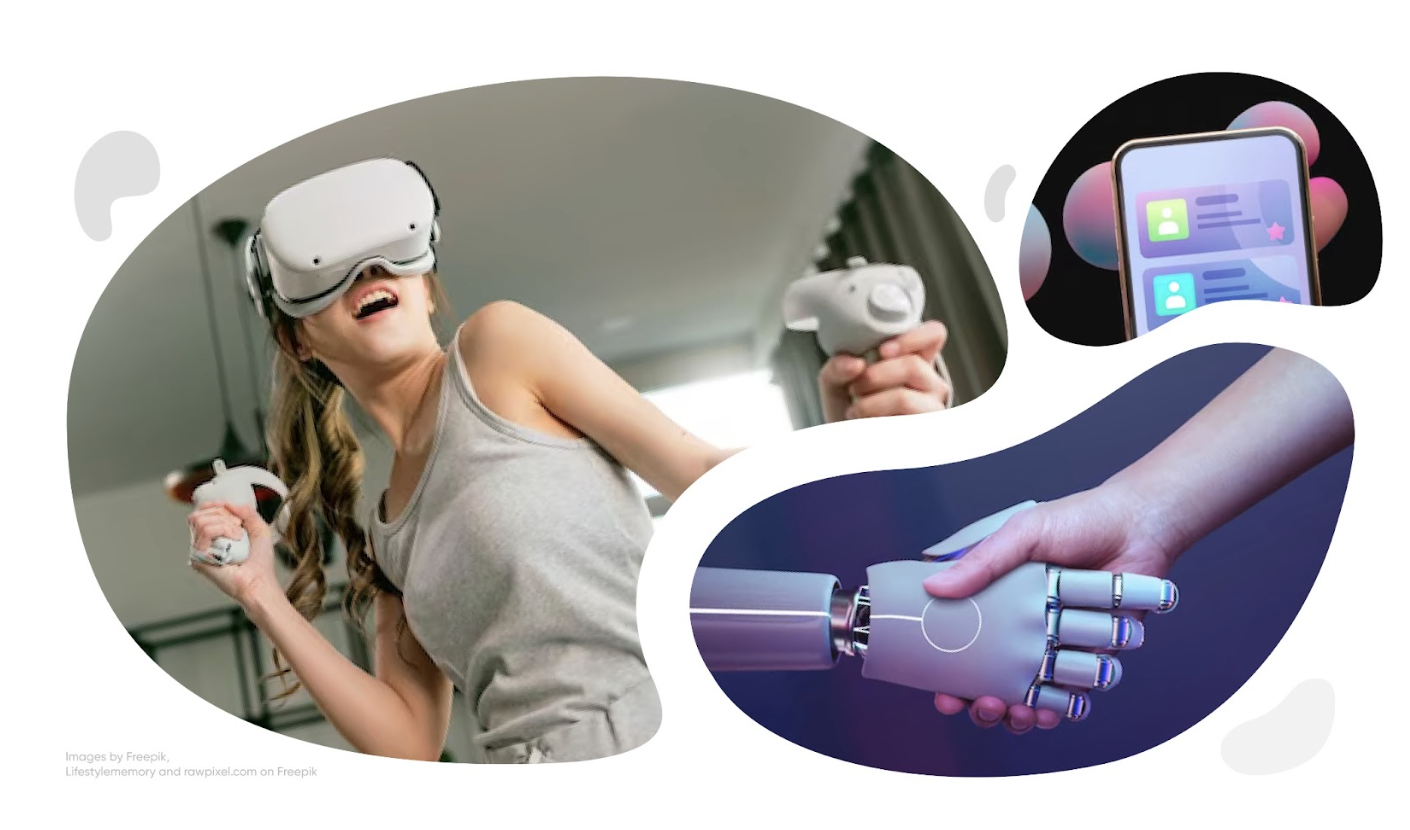
The era of AI, screenless devices, and secure UX
As trends evolve, this evolution impacts everything. In the world of applications and web interfaces, the process of how trends change is also transforming.
Previously, communication and visual requirements influenced technical expectations. However, today, the focus has shifted more towards functional and usability needs, which are significantly shaping the current trends in design and usage.
Consequently, this shift is leading to the emergence of new needs and market segments.
Technologies are increasingly shaped by certain trends that, over time, may become commonplace and evolve into expected technological standards. Whether these trends persist in the long term as integral parts of technology and user habits will depend on their usefulness and their ability to significantly influence the long-term development of technology.
In this article, we explore the potential expectations for this year’s trends, steering clear of a ‘tabloid’ approach. Instead, our aim is to guide you on what deserves attention when developing an application, considering the current landscape.
Within each segment, we spotlight a top candidate whom we believe could significantly influence their respective field this year. This nod to the ‘tabloid’ factor adds a touch of intrigue and excitement to our analysis.
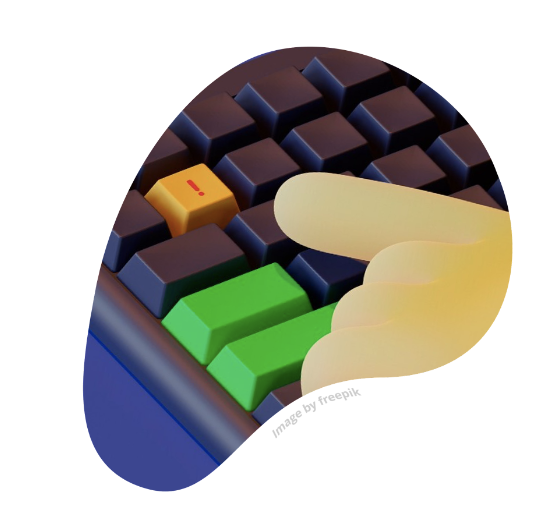
AI, AI tell me
Undoubtedly, one of the most significant topics today is AI, with ChatGPT notably shaking things up. This year, the spotlight is expected to shift to Google with the release of Gemini AI. Stemming from its technical evolution—which we discussed in a previous article—AI’s development profoundly influences numerous areas, potentially altering user habits and the requirements for user interfaces. AI has already become a fundamental component of applications, affecting both UI/UX design and development practices. Its integration is anticipated to grow, not necessarily in its current form, but through its incorporation into various operations in increasingly innovative ways.
This can be extremely exciting and useful. However, the critical challenge lies in the timing of planning and implementation—specifically, reaction time. By the time we fully understand technology at its current stage of development, we are already its users. This necessitates not only learning about the technology but also anticipating its next steps. The question of a technology’s usefulness and usability often becomes clear only in hindsight, after accumulating experience-based knowledge. This scenario is akin to the GIT system in software development, where development branches run in parallel and influence one another. Similarly, our understanding and experience with technology evolve side by side, shaping our future use and knowledge.
Potential No.1 AI Trend in 2024
Well, this topic presents a straightforward opportunity for discussion, especially with the unexpected emergence of Gemini AI. The artificial intelligence market is beginning to make a significant impact across all segments, not just in terms of garnering media attention but also in driving technological innovations.
It’s conceivable that AI will introduce not only new functions but also new operating standards and a completely new user mindset. Over time, these elements will lay the foundation for the next generation of devices and applications, heralding a new era in technology.
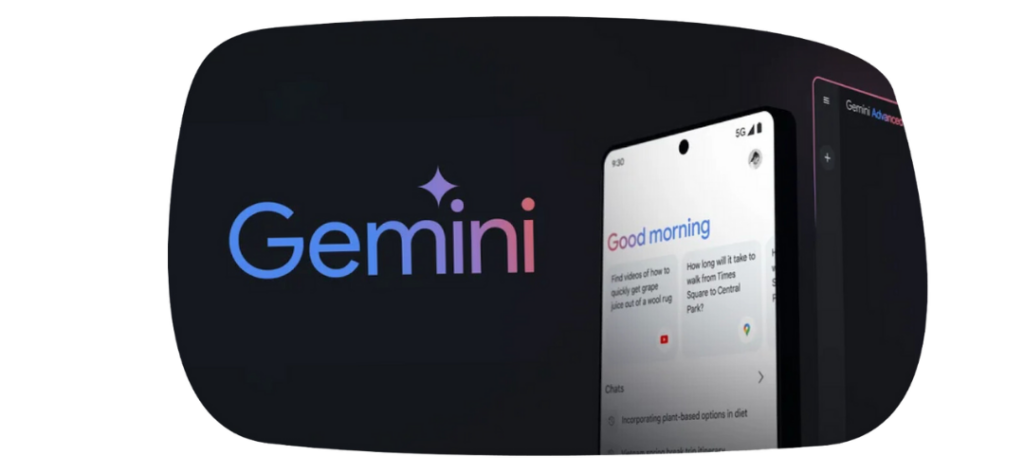
New trends, new platforms
The emergence of new opportunities generates new needs, prompting the development of innovative platforms. Currently, it feels like we’re pushing the limits of conventional devices (smartphones, tablets, VR glasses, etc.) while simultaneously exploring new frontiers, such as behavior and movement-based input devices, thought control, and screenless devices. This rapid evolution suggests we’ve surpassed the capabilities of existing tools, necessitating the adoption of new devices. These devices, in turn, introduce new user habits that require time to learn. Time, yet again, emerges as a crucial factor as technology races to not only match but also set new standards of performance and experience. It’s like a runner who sets a record time, establishing a new norm, with subsequent performances measured against this benchmark.
Considering this factor is essential, though fully accommodating it is currently challenging. Designing software that not only meets present needs but also anticipates future usage trends is difficult but not impossible. This is precisely where User Experience (UX) becomes crucial. Today’s UX practices have evolved significantly from their origins, reflecting the changing dynamics of technology and user expectations.
Today, simply mapping out a basic user process is insufficient. Designers must also envision the future possibilities inherent within it, considering both the functions and tools that users will employ.
Potential No.1 Platform Trend in 2024
AI. Many might initially predict Apple Vision Pro to take the lead. However, the certainty of this prediction is questionable.
VR technology has already reached a highly advanced stage, presenting no significant surprises as of now, and AI’s evolving role could significantly alter user expectations for devices. The real game-changer could lie in the enhancement of voice and gesture control, areas where substantial efforts are being made. Given these dynamics, it’s challenging to foresee which technology or group of technologies will ultimately dominate.
For these reasons, I propose using a collective term: voice-, gesture-, and mind-controlled devices. A prime example is the AI Pin, a compact device that clips onto clothing without needing bulky accessories. This device allows us to harness the power of AI in our daily lives through voice and gesture controls for navigation, information retrieval, photography, and other instant interactions. The AI Pin epitomizes the capabilities inherent to AI that are applicable in our era, demonstrating how we can incorporate and adapt AI into our daily routines using a device that eschews traditional displays.
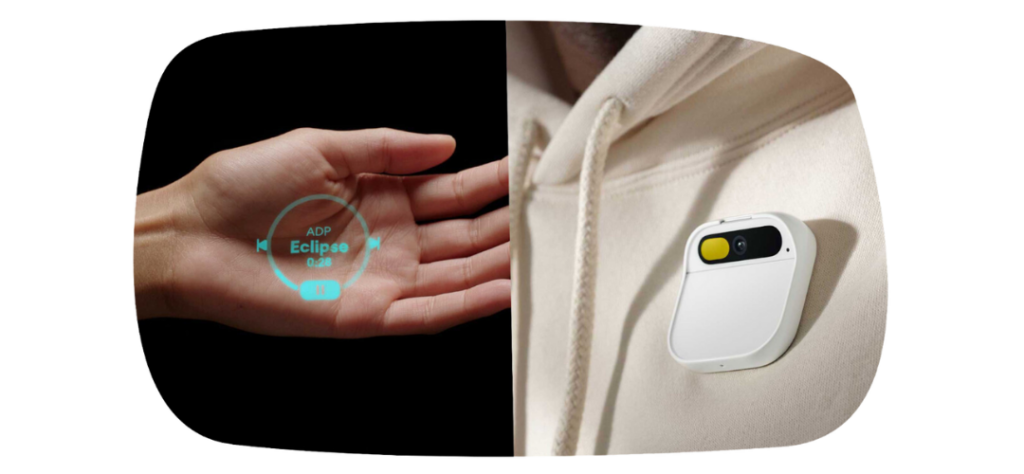
And we haven’t even started talking about devices controlled by the brain, which are already being tested on people. After the big news about AI, it’s totally possible that devices you control with your thoughts could be the next big thing. This kind of technology could make it real for us to control gadgets just by thinking about it, like in science fiction stories.
This introduces entirely new user trends and necessitates a fresh UX approach, raising many questions: What will the interface look like? How can we ensure the most reliable control, preventing unintended inputs from wandering thoughts? What impact will this have on our ability to concentrate, and how can we adapt it to our daily routines? While answers to these questions are not currently available, given the rapid pace of technological advancement and the significant strides made in AI recently, they could very well be addressed within this year.

Thus, it is probably understandable why this segment is currently the most difficult to define since it is undergoing the biggest and most spectacular transformation. All of this brings many changes in the field of applications and related services. We are now in an era where the emergence of trends is significantly influenced by the success of platforms that users find understandable and acceptable.
Change is on the horizon because technology is ready for it, and AI has shown us that people are open to new things. Now, we’re at a point where all the tech progress we’ve made could start to become a part of our daily routines.
In the meantime, let’s begin with what we’re already familiar with and currently use. Assume we have a screen, and users interact with their devices and applications through this display.
Visualization or functionality?
Summarizing this section, it’s clear that both user experience and functionality play pivotal roles in the development of good software; the key lies in finding the right balance. When users encounter the experience they anticipate, satisfaction follows. Moreover, if the functionality aligns with user expectations—being both intuitive and aesthetically pleasing—users will not only be happy to use the product but will also grow to love it. While the concept of beauty often takes a backseat in discussions about UX/UI, favoring practicality instead, its significance cannot be overstated.
It’s not enough for something to just work well; it needs to look good too. This helps make sure things are easy to find and use, and it also makes us happy to look at and use them. Think about it like this: when we first see a device or product, how it looks is one of the first things we notice. If we don’t like how a car looks, we probably won’t want it, even if it’s great in other ways. It’s the same with apps.
Okay, okay, but why am I so stuck on visualization? One of the important aspects of this year’s trends – following last year’s ideologies is that visualization is important.
And why?
One might wonder why the aesthetics of a surface matter in an era moving towards display-less devices. The answer is as fundamental as why literature matters to digital media and the guitar to an electronic musician. Aesthetics lay the foundation for conceptualizing a specific segment and exploring its potential.
Interfaces designed today might only be nostalgic memories in 5-10 years, much like the floppy disk, Walkman, or vinyl record. However, just as these devices paved the way for new technologies and modes of thinking, so too do user interfaces. They not only guide users towards significant goals and experiences but also reflect users’ thought processes. These insights can later inform methodologies that are applied to the development of new interfaces.
Although these discussions often sound very professional and formal, the underlying goal remains constant: to understand people and create for them. In the digital realm, this translates into the following possibilities:

Something else, somewhere else, but another way?
Sure, lots of things change like trends, technology, and even what users want. But does how we deal with these changes also change? Not really. Here’s why: new tech and ways people use things are built on the old ones. So, we might change how we do things a bit to keep up with the times, but the big picture stays the same.
For example, a good application still needs:
- Product development: Understanding the market and defining clear goals are crucial. Success lies at the intersection of these two elements, where our product can truly thrive.
- Development: Technically, it’s essential to understand our opportunities and challenges, along with the market demands, to effectively meet them.
- UX/UI design: This encompasses the ‘beauty factor’ mentioned earlier, along with the visual representation of users’ thought processes.
- Human Factor:While this may seem like a new segment, it could also be considered part of UX/UI. However, given its specific current needs, it’s likely to demand its own category soon. Identifying and improving upon the weak points of an already functional, attractive, and well-designed product is crucial. This step allows for its effective development and refinement. This knowledge is becoming increasingly vital as applications grow more complex.
- Marketing: When everything is ready – which hardly ever happens – it’s crucial that not just we know about it, but also the people we made it for, since they might need it.
Potential No.1 service trend in 2024
As we look at different parts of making apps, we’re starting to see how important it is to focus on the ‘Human Factor’ as a new area. This is because it helps connect how the app works with how it looks, which is really important. Also, people want apps that are strong and work well but are also easy and nice to use. They expect these apps to run smoothly without any problems.
And Human Factor ensures that. The essence of the segment is that it maps errors that occur in user processes and functions, which can make the application vulnerable or buggy, and makes suggestions for its elimination and improvement.

Conclusion
Bene : Studio has a long history of designing and developing applications and web solutions, giving us insight into the current trends. Of course, our perspective is based on our experiences and still represents an idea that varies by sector.
In the healthtech sector, where many of our projects are focused, adhering to health certifications is becoming crucial. This compliance reassures users about the reliability of the technology they’re using. The Human Factor is also vital, as it considers these aspects at the user experience level, ensuring that user needs and safety are prioritized.
Each sector tailors these trends and expectations to its specific target group and needs. There isn’t a one-size-fits-all approach; instead, there are shared aspects that can be standardized. This approach allows for a consistent user interface, experience, and operation while maintaining diversity.
If you’re looking for similar assistance with your product, our product designers are always here to help.

